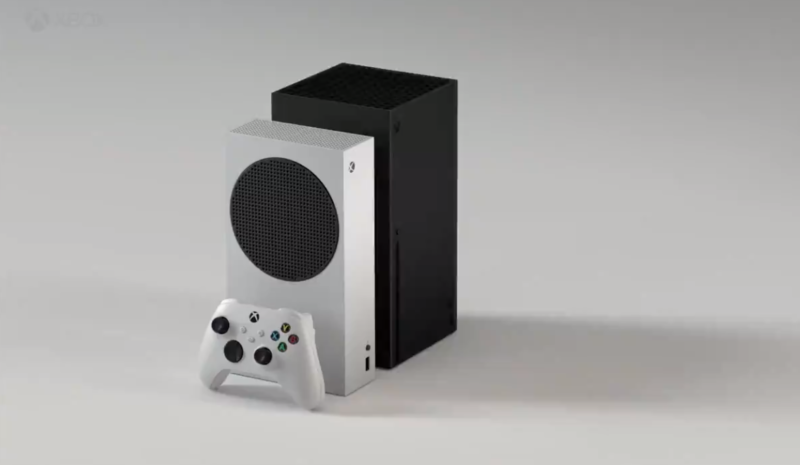
While Microsoft’s Xbox Series S gives a lot of gaming horsepower for its price, one thing it doesn’t provide is a disc drive to access any of the physical Xbox games you might own. Microsoft seems interested in working around this problem, though, as the company has applied for a patent that can provide “software ownership validation of optical discs using [a] secondary device.”
That mouthful of a title describes a Microsoft patent application first filed in November 2020 but which was published by the United States Patent and Trademark Office just last week (as noticed by Game Rant). And while it doesn’t appear that the patent has been granted yet, the application provides more evidence that Microsoft is trying to find a way to bring games trapped on legacy discs into gaming’s increasingly disc-free future.
A number of technical options
When it comes to the technical details of how this validation process would work, the patent application is so vague as to be practically useless. The only constant across its examples is that there are two separate devices, at least one of which has a disc drive that can read “an optical disc comprising the electronic content” and “validate the user’s ownership of the electronic content” (eg, an Xbox 360, Xbox One, or Xbox Series X).
Access to that “content” is then provided on the other device, which doesn’t have to have a disc drive (eg, the Xbox Series S). In practice, that means “a digital version of the electronic content may be downloaded or streamed to the first device from the second device or from the external device or service,” as the application puts it.

Beyond that, the mechanics of performing that validation and access transfer are unclear. For instance, the two devices could be on the same LAN, two different LANs, or just connected via the Internet or another “distributed network system,” according to the application. The two devices could also be connected via a single user account or multiple accounts from one or more users. And the validation itself could be accomplished entirely on the device or through the use of “an external video gaming service” like Xbox Live.
As for how long that initial disc validation lasts, the patent application also offers a few different options: as long as both devices “are on the same local network”; while the disc is actually physically present inside the disc drive of the first device; and/or “while a digital version of the electronic content is available to the external device or service.” Interestingly, the patent also mentions the possibility of “streaming and/or downloading content from local network devices to prevent/mitigate Internet fees and bandwidth issues [emphasis added],” suggesting options that don’t involve Microsoft’s centralized servers to transfer the disc data itself.
A necessary problem
While the specifics are still amorphous, the application devotes significant space to describing why Microsoft sees this as a problem to be solved in the first place. Because “many current gaming consoles… are being constructed without optical disc drives,” players “are unable to play their previously acquired optical discs on the current gaming consoles,” the application states.
That’s an issue because many gamers have “amassed extensive libraries of physical video game media and other video game paraphernalia over time [that] represent a significant financial (and emotional) investment for the video game device owners,” the application continues. Players who want to access old disc-based games on new hardware are forced to “repurchase the digital version of the video game content for the next -generation video game device,” Microsoft writes.
Beyond the financial aspects, the application also gets into the emotional reasons many players might want to stick with physical games:
Many owners of physical video game media have emotional attachments to their physical video game media. These owners simply appreciate the “feel” of handling the physical video game media and/or the nostalgia associated with the physical video game media. Moreover, many of these owners view their libraries of physical video game media and paraphernalia as valuable collections, similarly to rare coins collections, baseball cards collections, etc.
That’s a surprisingly resonant description in what is otherwise a pretty dry patent application. What’s more, it’s yet another indication that Microsoft is at least considering the feelings of its disc-based users, even as it focuses on completely digital options like Game Pass and cloud-based game streaming.
